We can't find the internet
Attempting to reconnect
Something went wrong!
Hang in there while we get back on track
Phoenix Framework
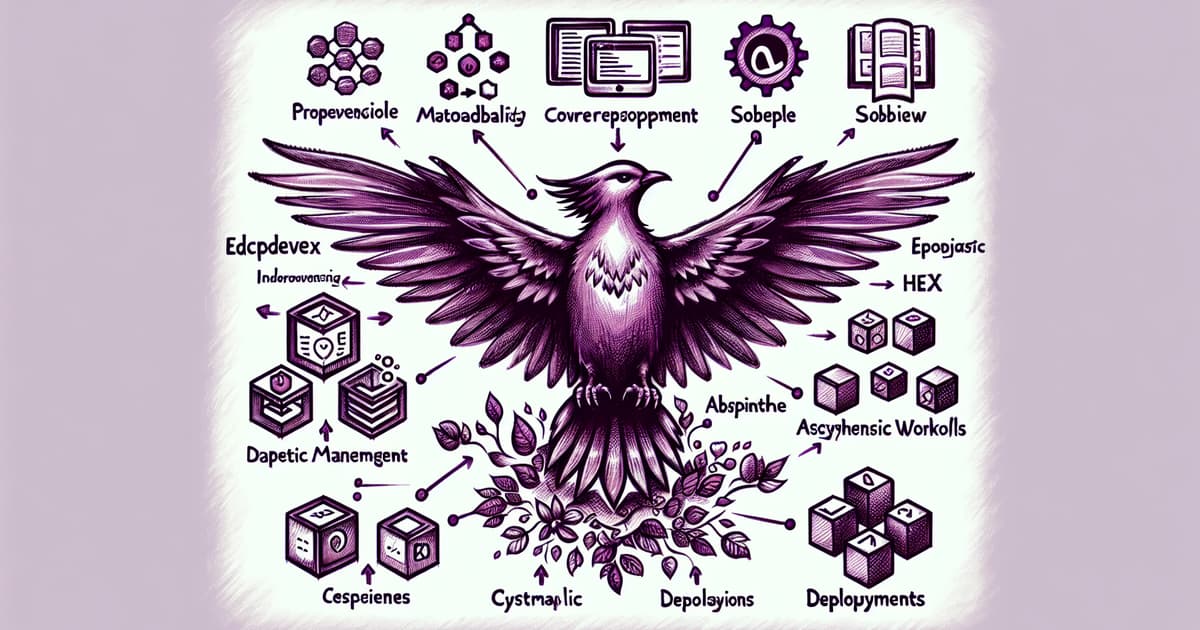
The Phoenix framework stands out in the Elixir ecosystem for its robust capabilities in web development, supported by comprehensive documentation and a supportive community. Developers have shared experiences working on commercial projects with Phoenix and LiveView, emphasizing the ease of integrating complex UI elements and ensuring real-time updates. Recent advancements include using Rust for performance improvements and introducing LiveView hooks for external libraries like SortableJS, enhancing UI customization. Furthermore, Phoenix's efficient handling of associations in Ecto simplifies relational management in applications. Concurrently, developers have noted the benefits of maintaining modular codebases and optimizing live updates, contributing to a streamlined development process.
A diverse set of tools such as Hex, Sobelow, and async workflows in LiveView attribute to Phoenix's extensive ecosystem. The introduction of libraries like Absinthe for GraphQL and components for handling upgrades and modifications highlights Phoenix's adaptability. Additionally, Phoenix's integration with tools like Fly.io leverages global distribution, facilitating scalable deployments. Real-time functionalities like LiveView Uploads further augment its dynamic capabilities, making Phoenix a versatile framework for modern web application development.
Generating TypeScript Client Code with Ash TypeScript for Phoenix Apps
In this video, the author explores Ash TypeScript, a library for generating TypeScript client code from Ash resources while building a stock explorer app using SEC data.

Overview of the Phoenix.Sync Library for Real-Time Data Sync
This talk introduces Phoenix.Sync, a new library that adds real-time sync capabilities to Postgres-backed Phoenix applications.
Building Safe Web Apps Using Phoenix Framework
This talk discusses how to write secure web applications, covering common vulnerabilities and code practices to manage them.

Elixir Community Updates and News
ThinkingElixir.com shares the latest updates in the Elixir community, highlighting the release of Elixir v1.19.0-rc.2 and various new features.
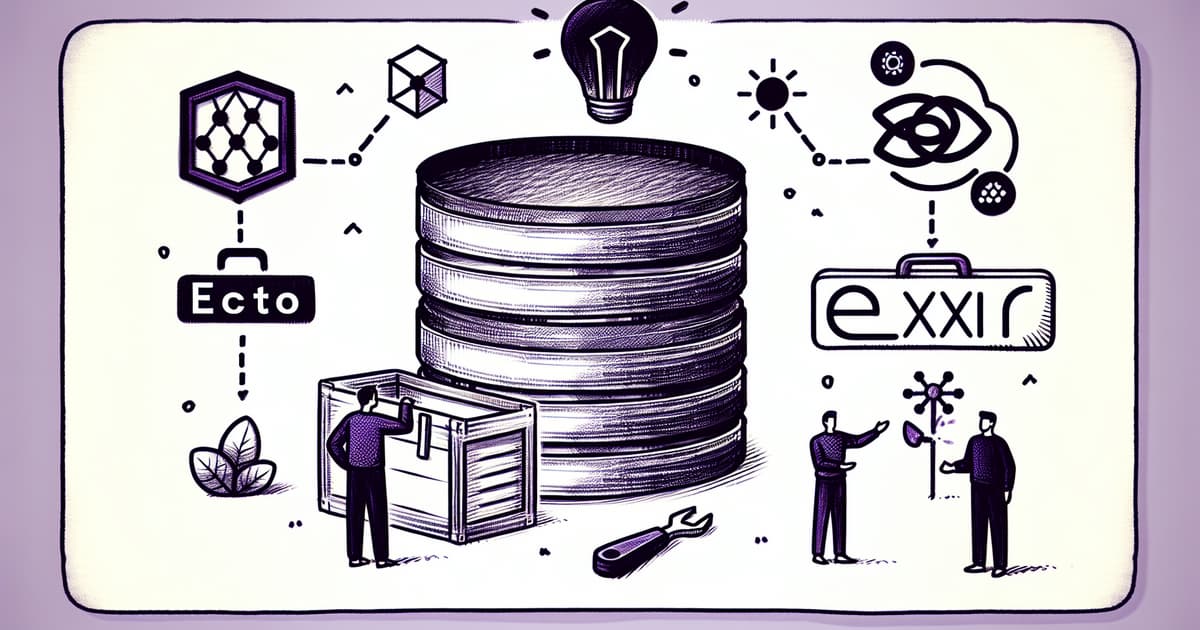
Efficiently Managing Large Datasets with Ecto in Elixir
Aestimo Kirina discusses the importance of managing bulk data operations in Elixir using Ecto, highlighting the performance limitations of single-record inserts and the benefits of batch processing.

Enhancing Phoenix Routing with Routex: A Comprehensive Overview
This content focuses on Routex, a library designed to enhance Phoenix routing capabilities, offering advanced features for localization and customization.

Exploring New Developments in the Elixir Community
Mark Ericksen discusses various news in the Elixir community, including a Kickstarter campaign for Rebar4 development aimed at integrating it with OTP, updates on Tidewave Web, and the release of Phoenix 1.8.1.

Simplifying the Development of Agentic Systems with Traditional Tools
The content discusses simplifying agentic system development by using standard databases, web tooling, and real-time synchronization instead of complex new architectures.

Tidewave Web Enhances Full-stack Development with React Integration
José Valim discusses the new React support added to Tidewave Web, enhancing its functionality for developers.

Creating a Custom Info Station Using Phoenix Framework and ESP32
The article discusses building a custom information station with a Phoenix backend and an ESP32 E-Ink frontend. The goal is to display relevant information such as public transport schedules and weather updates to reduce reliance on smartphones.

Overview of New Features in Phoenix LiveView 1.1
In this video, the author discusses the new features in Phoenix LiveView 1.1, including an easy upgrade process and improved debugging tools.

Understanding Oban for Background Job Processing and Monitoring in Elixir
Aestimo Kirina discusses Oban, a background job processing library for Elixir, and how to monitor it using AppSignal.

Understanding State Machines with the Ash Framework in Elixir
State machines are essential data models with defined states and transition rules. This presentation covers their application in various contexts, utilizing Elixir's Ash Framework for management.

The Case for Elixir: Advantages and Misconceptions
Elixir isn’t a niche tool for weird problems — it’s a modern, reliable, elegant stack for building robust, scalable, and maintainable systems with a small, high-quality team. It avoids accidental complexity and removes whole categories of infrastructure concerns.

Using Reactor for Complex Workflows and AI Integration in Elixir
In this video, Reactor is introduced as an Elixir library designed to orchestrate complex workflows with support for automatic rollbacks and concurrent execution.

Creating a LiveView Application for JEE College Counseling
Ch Virinchi discusses the development of a LiveView application aimed at simplifying the college selection process for JEE students by offering real-time data and intelligent filtering features.

Demonstration of Ash AI for Elixir and Phoenix Applications
Ash is a powerful ecosystem for Elixir/Phoenix applications, recently enhanced with an AI package that facilitates LLM interactions. The demo showcases only a portion of Ash AI's capabilities.

Introducing Phoenix.new: An AI-Powered Development Agent for Elixir and Phoenix
Phoenix.new is a fully online coding agent designed for Elixir and Phoenix, enabling real-time collaborative application development directly in the browser.

Integrating Google Sheets with Elixir's Phoenix Framework
This article discusses how to transition data from Google Sheets into a Phoenix web application, demonstrating data extraction, processing, and display using Elixir and Google APIs.

Integrating Google Sheets with Phoenix Framework in Elixir
In this article, the author explores how to extract data from Google Sheets and use it within a Phoenix application by connecting to Google APIs and creating a dynamic data management solution.

Exploring OTP 28 and Vibe for Phoenix Application Development
ThinkingElixir.com discusses the features of OTP 28 and how they enhance the development of Phoenix applications using Vibe.
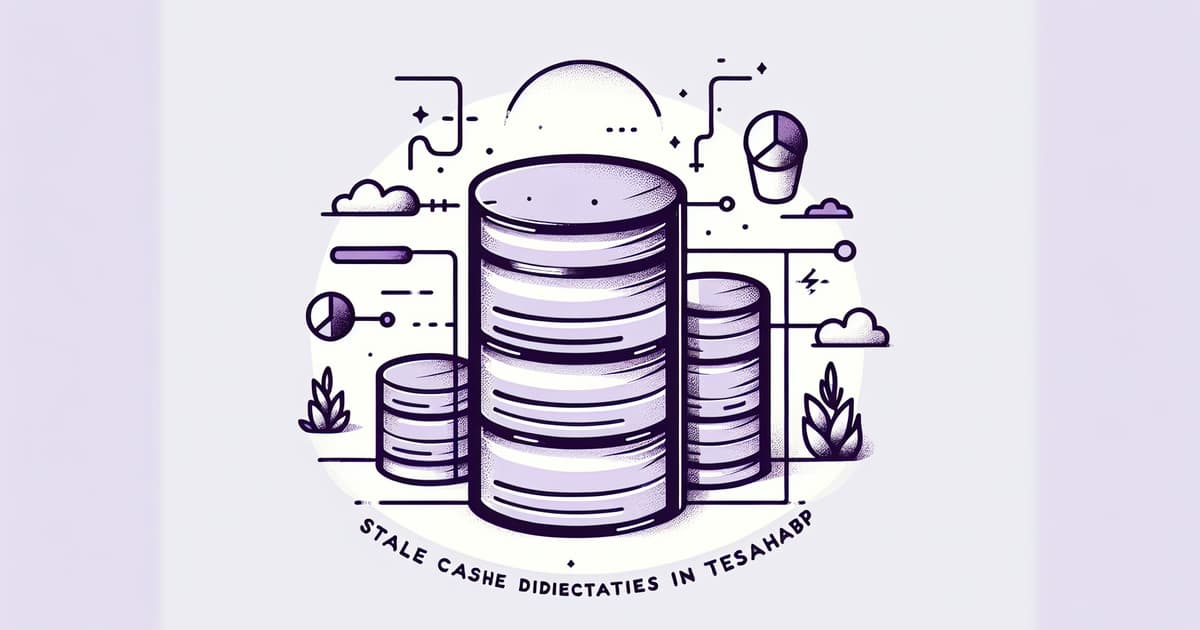
Using Stale Cache Control Directives in TeslaHTTPCache
Elixir HTTP caching libraries are now updated to support stale cache control directives, allowing for better handling of stale content with TeslaHTTPCache.

Creating a Custom CI Automation for Code Reviews with Elixir and Gemini
The article outlines how to build a GitHub CI action using Elixir and Gemini that scans code changes for adherence to custom rules during pull requests, providing useful feedback when violations occur.

Exploring Built-in Telemetry in Phoenix Framework
This article delves into the telemetry capabilities that come with the Phoenix framework in Elixir, emphasizing the importance of monitoring software performance and identifying problems early.

Celebrating 100 Million Pageviews on Elixir Forum in 2025
The Elixir Forum marks a major milestone with 100 million pageviews in 2025, reflecting the community's growth and engagement with key projects like Phoenix and new initiatives.

Exploring Local-first Development Using ElectricSQL in Elixir
This talk introduces ElectricSQL, a sync engine developed in Elixir, and demonstrates its use for local-first software development.

Exploring the Power of Plugs in Phoenix Framework
In this talk, Divya Sasidharan discusses plugs, essential modules in the Phoenix web framework that facilitate request handling and other core functionalities.
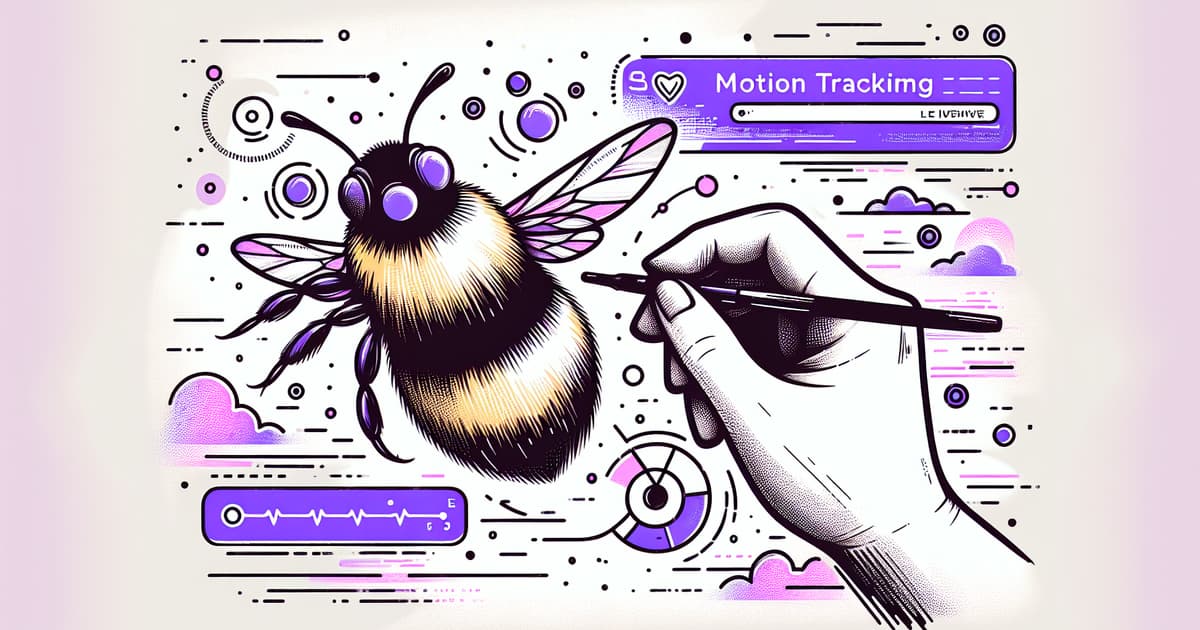
Exploring Motion Tracking Using Bumblebee and Liveview in Elixir
This talk by Caitlyn Burns discusses the integration of motion tracking in Elixir applications using Bumblebee and Liveview, showcasing the challenges and solutions for building such an application.
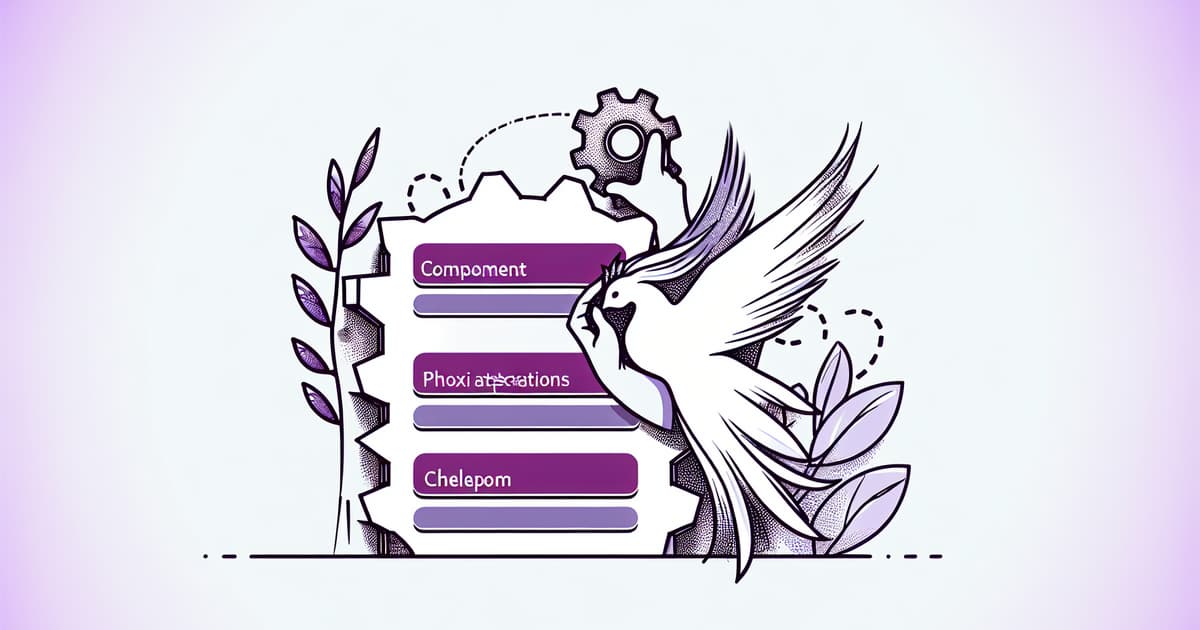
Introducing the Mishka Chelekom Component Library for Phoenix Applications
Mishka Chelekom is a new open-source component library designed for Phoenix applications, providing a unique code generation approach to facilitate future updates.

Implementing Service Workers in Phoenix with Workbox
Shahryar Tavakkoli presents a guide on implementing service workers in the Phoenix Framework using the Workbox library to enhance performance and user experience.

Evaluating the Benefits of Serverless Functions with Chris McCord
In this video, Chris McCord discusses whether serverless functions are genuinely easier and more economical compared to traditional methods for elastic scaling.

Building a Simple Todo-List API in Elixir
In this guide, the author discusses building a simple CRUD JSON API using the Elixir Phoenix framework, emphasizing the importance of understanding the underlying code rather than relying solely on automated generators.
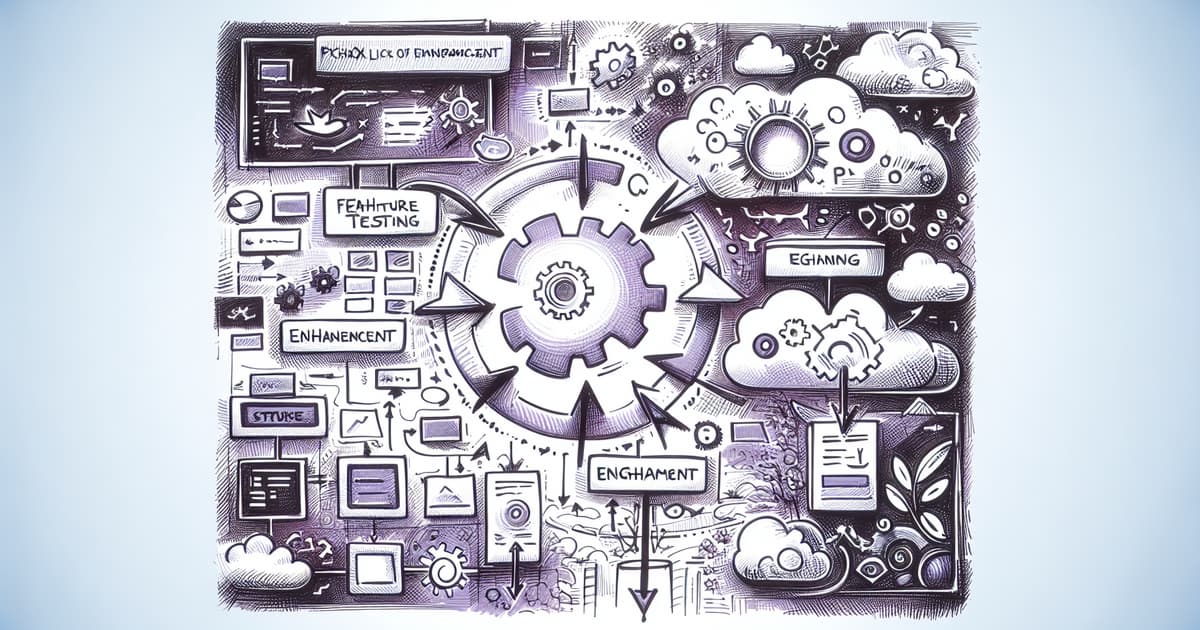
Enhancing Feature Testing in Phoenix Applications
Fredrik Teschke discusses feature testing in Phoenix applications, highlighting the benefits of the phoenix_test tool for improving testing efficiency and user experience.

Understanding the Introduction of Phoenix Contexts in Phoenix Framework
In this article, the author discusses the introduction of Phoenix Contexts and their significance in separating web and core domain layers in Phoenix applications.
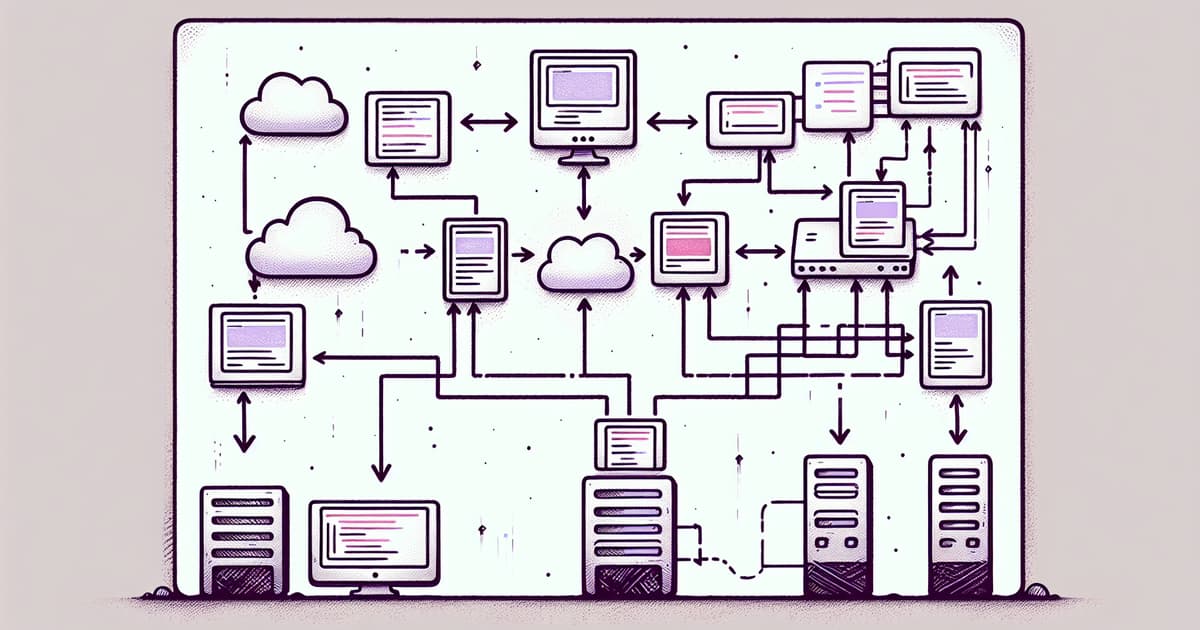
Building a Distributed PubSub System in Elixir
Vince Urag explores how to build a distributed PubSub system in Elixir, starting with local PubSub and expanding to distributed functionality using Erlang's process groups.

Exploring Conversations on Elixir in Elixir Friends Podcast
German Velasco discusses with David Bernheisel about life, Elixir podcasts, WordPress drama, and creating an RTF Phoenix engine in the second episode of the Elixir Friends podcast.

Exploring Cloud Development Using Elixir and Phoenix
Jeff Cole discusses the challenges of local development environments and advocates for cloud-based development setups, showcasing how to build a Phoenix application using GitHub Codespaces.

How to Deploy a Phoenix Application Using Kamal 2
Patrício dos Santos discusses the deployment of a Phoenix application using Kamal 2, a tool for deploying containerized applications.

Reviving Your Phoenix Context Design
Peter Ullrich discusses the importance of properly utilizing Phoenix contexts in Elixir applications, retracting his previous suggestion to remove them.

Mastering LiveView JS for Enhanced Phoenix Applications
Unlock the full potential of Phoenix LiveView with this comprehensive guide to LiveView JS commands. The video covers all 19 commands in detail, along with examples and best practices.

Building Your First LiveView Native Application: A Step-By-Step Guide
Brian Cardarella introduces the first part of a series dedicated to building a LiveView Native app using Elixir and SwiftUI.

An In-Depth Tutorial on Using AppSignal for Monitoring Phoenix Applications in Elixir
Aestimo Kirina provides a comprehensive guide for Phoenix developers on utilizing AppSignal for monitoring application performance and stability.
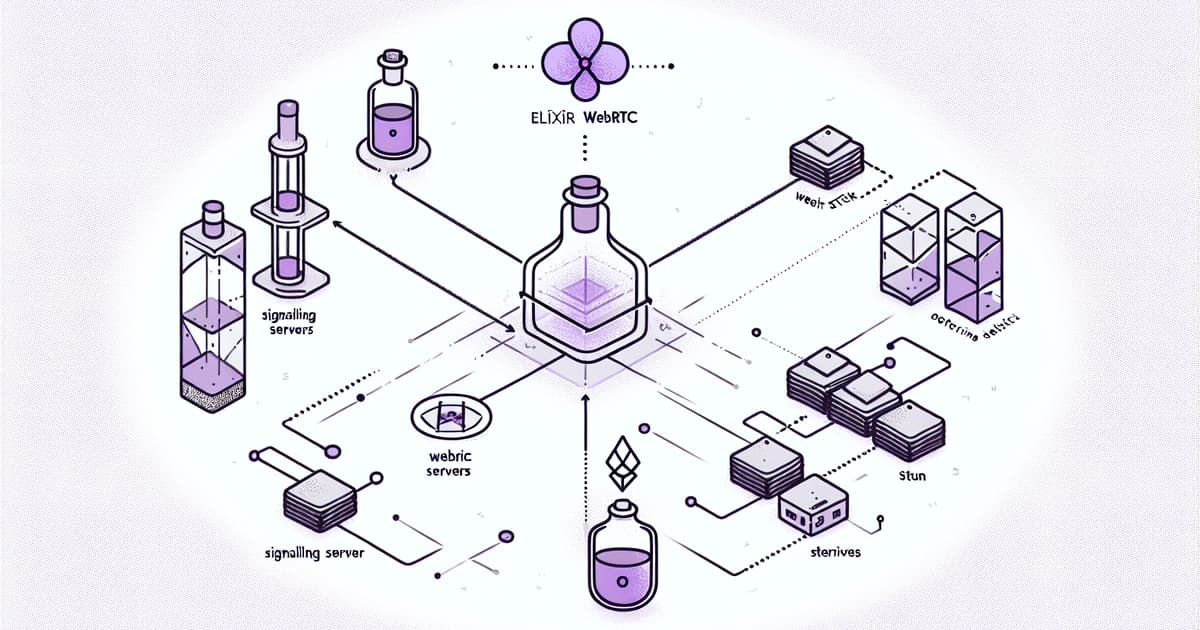
Introducing Elixir WebRTC: A Comprehensive WebRTC Solution for Elixir
Michał Śledź discusses Elixir WebRTC, a project aimed at simplifying WebRTC implementation for the Elixir ecosystem, making it accessible for developers through an ecosystem of tools and resources.

Launch of LVN Go for LiveView Native Development
Brian Cardarella introduces LVN Go, a new tool for developing LiveView Native apps without relying on Xcode.
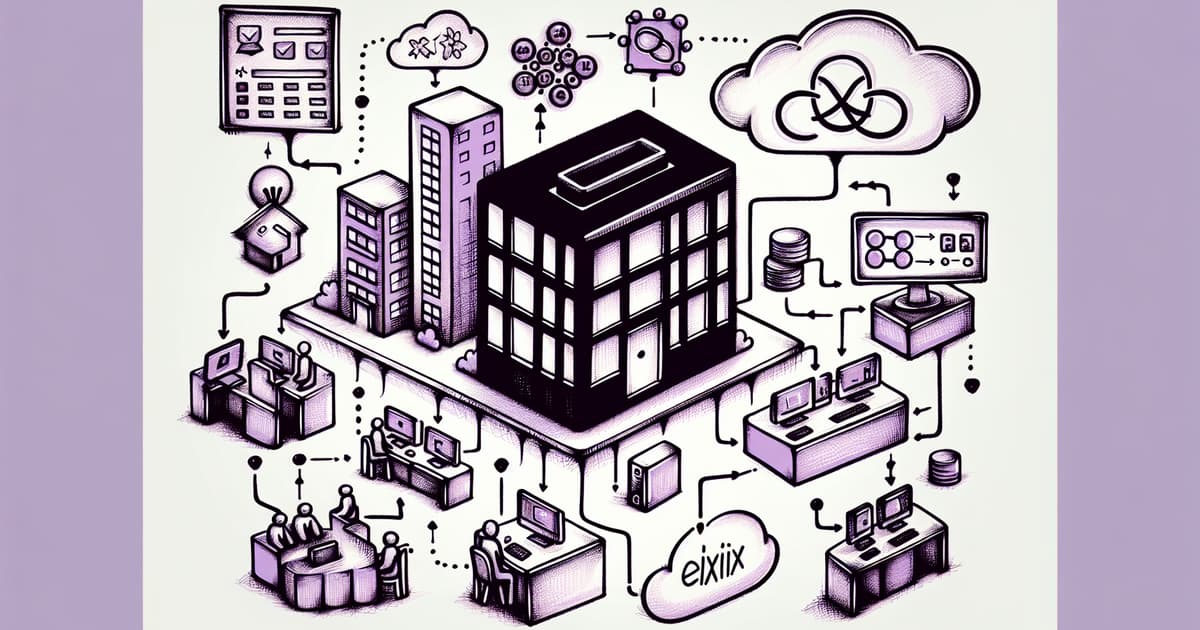
Introducing a Generator to Streamline Elixir CI/CD Setup for Small Businesses
This article discusses the creation of an infrastructure generator aimed at simplifying CI/CD setups for Elixir applications, tailored for startups and small businesses.
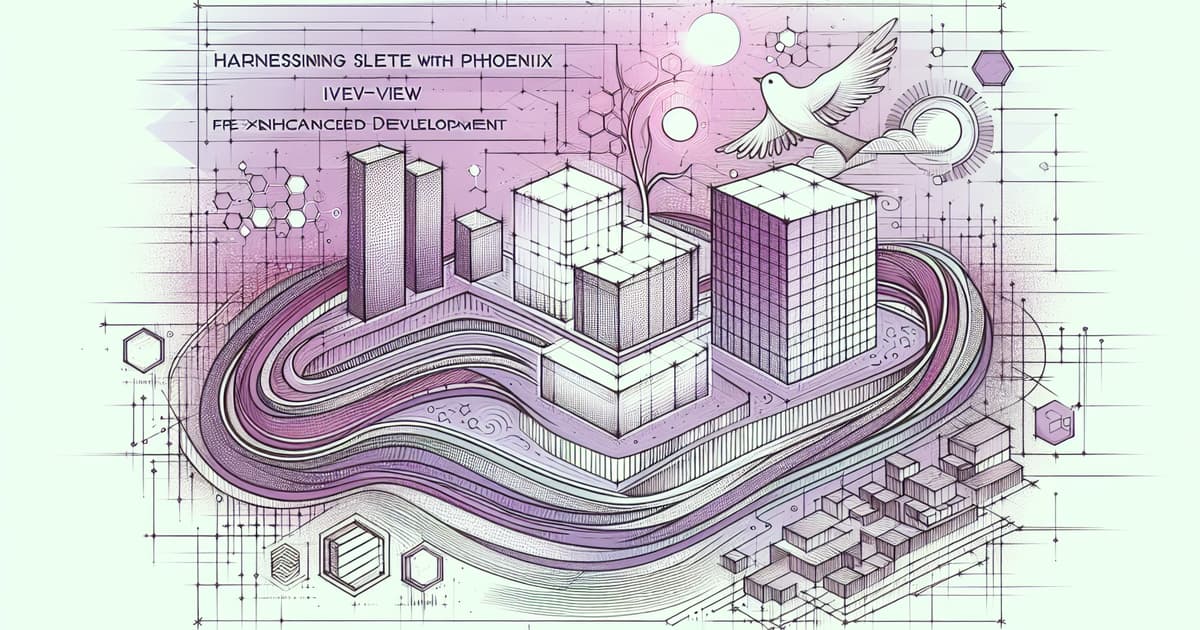
Harnessing Svelte with Phoenix LiveView for Enhanced Development
Anthony Accomazzo discusses the integration of Svelte with Phoenix LiveView, highlighting both the advantages and challenges faced during development. The post details the transformative potential of using LiveSvelte to improve the development process.

Getting Started with Nerves for Elixir
The article introduces Nerves, a framework for programming hardware using Elixir.

Implementing A/B Testing and HTTP Caching in Phoenix using plug_http_cache
Tangui explains how to manage HTTP caching for A/B testing in Phoenix using the plug_http_cache library.

Developing Jellyfish: A Multimedia Server Utilizing Membrane and Phoenix
Łukasz Wala from Software Mansion discusses the development of Jellyfish, a multimedia server built using Elixir, Membrane, and Phoenix. The talk focuses on the architecture, APIs, and challenges faced during development.

Comprehensive Guide to Multitenancy in Elixir
Mateusz Osiński explores the concept of multitenancy in Elixir, detailing various approaches like schema prefixes, foreign keys, and using the Triplex library for efficient application management
© HashMerge 2025